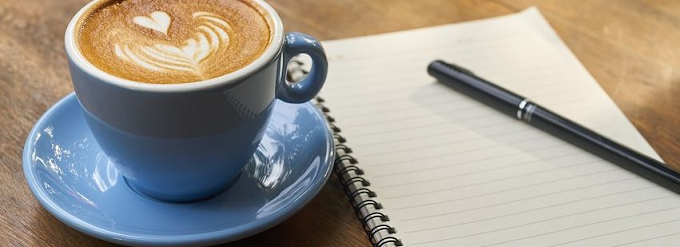We are plainly loaded with beans. In the U.S. alone, we devour around 8 pounds of beans yearly, per capita, and the present ubiquity of Mexican cooking has no little impact. The U.S. plants about 1.6 million sections of land a year. Overall creation of dry beans was more than 18 million metric tons in 2016, the main makers are Myanmar (Burma), India and Brazil.
China adores their soybeans (edamame) and mung beans, the Middle East granulates garbanzos for hummus and tahini, Mexico serves up refried pinto and dark beans, Italy makes their trademark minestrone with cannellini and red kidney beans, and the U.S. favors them heated, or cajun red beans and rice. While once thought about sub-par nourishment, beans are held in high support universally. Nothing beats a hot bowl of naval force bean soup, a delectable hummus spread on pita bread, a side of heated beans with grill or franks, a dish of buttered limas with ham, or a major hot bowl of stew.
Trained beans in the Americas were found in Guitarrero Cave, an archeological site in Peru, going back to around the second thousand years BC. For quite a long time, they were a staple. They could be dried and continued boats, they endured through a long virus winter, they could be splashed or bubbled effectively and they filled void stomachs. Beans are one of the most punctual developed plants, giving an essential wellspring of protein and supplements all through Old and New World history.
Fava beans were a noteworthy wellspring of nourishment for the old Israelites are still eaten basically in Mediterranean nations. Old Testament human advancements, for example, Jericho and Babylon expended them every day. The Aztecs and Incas developed and ate beans as a noteworthy piece of their eating regimen. Other South American nations flourished with them from the seventh century BC. They were additionally utilized as checking instruments and cash and showed up emblematically at weddings. Asia has eaten them for quite a long time, and Egyptians included them in tombs to guarantee voyage to existence in the wake of death.
Italian Renaissance gourmet Bartholomew Scappi portrayed dishes of beans, eggs, cinnamon, walnuts, sugar, onions and spread in his cookbooks. Catherine d' Medici of Florence was evidently so enamored with Italy's cannellini beans, she pirated some to France when she wedded Henry, Duke of Orleans, later to wind up King Henry II of France. (You know those French gourmet experts - beans were considered underneath them.) If this story is precise, we can say thanks to Queen Catherine for cassoulet, a French delicacy made with goose fat, duck or sheep and white beans. (At the point when the Queen needed beans, her French gourmet experts hopped.)
Amid the ninth century, Charlemagne (King Charles I) reestablished profitability to European terrains which had been desolated by war, requesting chickpeas to wind up a noteworthy harvest which averted starvation in his huge kingdom,
Early American homesteaders developed different assortments. They were utilized in soups and stews and could be dried to help feed vast families all through the winter when sustenance was rare. Thomas Jefferson delighted in a wide range of kinds of beans from his bottomless garden, trying different things with various assortments and making new formulas for his supper visitors. (All things considered, alright, our foodie president didn't really cook, yet he managed his French-prepared gourmet specialist.)
In the mid-1900s, a man named Henry J Heinz put canned prepared beans on the guide, both in the U.S. Furthermore, the U.K. Today, Heinz heated beans is a standout amongst the most conspicuous and well known canned nourishments on the staple racks. Shockingly, the best bean eaters on the planet are the U.K. nations. Around the world, an astounding 2 million individuals expend prepared beans day by day.
What's more American than franks and beans? Or on the other hand bean stew? Or on the other hand naval force bean soup? So concoct a few and appreciate
Popular Posts

Red Gold - Apple
January 17, 2019

Whatcha Eatin' Bubba
January 17, 2019

Bowl of Cherries
January 17, 2019
adds
Recent in Recipes
3/Food/post-list
Menu Footer Widget
Crafted with by TemplatesYard | Distributed by Gooyaabi Templates

0 Comments